Air or oxygen becomes thinner, the higher you go, but Mount Kilimanjaro can be climbed without the aid of supplementary oxygen.
WE CARRY EMERGENCY OXYGEN ON KILIMANJARO AND MEDICAL KITS ON ALL CLIMBS.
As a safety precaution, we always carry supplemental oxygen tanks and oxygen masks on all our Mount Kilimanjaro climbing trips. It is not a necessity to use the tanks as Mount Kilimanjaro does not demand the use of oxygen tanks and masks, we just carry them just in case, since Kilimanjaro is still a challenge.
Should you use Supplemental Oxygen on Kilimanjaro?
We do not recommend climbers use oxygen tanks and masks as assistance to reach the summit by assisting in better breathing and increasing oxygen saturation in the blood. Doing so would hide symptoms of a dangerous condition and even escalate altitude sickness later on.
Our Guides Will only use Oxygen tanks and masks during emergency situations on Mount Kilimanjaro.
We will only administer oxygen assistance when a climber shows severe altitude sickness symptoms and need first aid and mountain evacuation or when a climber needs to go to lower and safer ground for acclimatization.
For climbers suffering from High Altitude Cerebral Edema (HACE) or High-Altitude Pulmonary Edema (HAPE) the only option is to descend the mountain, as soon as possible. Tranquil Kilimanjaro guides and expedition team will facilitate your descent using an emergency stretcher if it is so severe that it renders you immobile.
Oxygen is a short-term solution, but the best choice is canceling your summit trek or postponing your hike by descending for your own safety especially when symptoms of AMS, HACE, or HAPE begin to show.
What about the Western Breach?
The Western breach is the only route that you can use Oxygen to ascend the mountain but not until the summit, only till the crater rim, then taking a prompt descent to Stella Point by stretcher, because the route is very demanding and technical, descending also presents some challenges.
If Climbers on Everest use Oxygen Masks, why not on Kilimanjaro?
In comparison, Mount Everest base camp is almost at the same altitude at the summit of Mount Kilimanjaro. On Mount Everest, oxygen is used from an elevation commonly referred to as the “death zone” which is somewhere above 7,925m (26,000ft) above sea level. Oxygen is used on Everest because from a certain elevation, as the death zone, it is practically impossible for a human being to acclimatize. On Mount Kilimanjaro, it is bearable and capable of acclimatizing naturally without hiding the symptoms of altitude sickness which could be a serious risk.
Acclimatization is a slow process
The most integral rule of acclimatizing well is by climbing slowly:
- Trek slowly, climbing Kilimanjaro is more of a marathon than a hundred-meter sprint. You will hear your guides and climbing team say “pole pole” a Swahili word meaning “go slow”
- We recommend the longer routes because they offer more and enough time for acclimatization.
- Drink plenty of water. Keeping your body hydrated all the time helps in the acclimatization process.
- Seek the doctor’s advice before using Diamox.
- Refrain from Alcohol, and sleeping pills and do not use them. Even narcotic pain medication, do not use.
Do not climb higher than 3000m (10,000ft) if you have:
- A sore throat, cold, or cough
- Respiratory infections and complications
- High temperature
You can read more about Altitude Sickness on Kilimanjaro, its symptoms, and the correct way to acclimatize to Mount Kilimanjaro.
Below are some of the frequently asked questions about Mount Kilimanjaro and oxygen.
Without oxygen, is it possible to climb Mount Kilimanjaro?
Although the altitude of Kilimanjaro is a substantial obstacle, climbers can ascend the mountain without the aid of supplemental oxygen. You utilize the acclimatization strategy of walking slowly, “pole pole,” climbing high, and sleeping low to get to the summit.
Is the Death Zone on Kilimanjaro?
No, Mount Kilimanjaro does not have a deathzone. The height of Mount Kilimanjaro’s peak is comparable to that of Mount Everest Base Camp. Above 26,000 feet, in the so-called “death zone,” climbers on Everest utilize oxygen.
Can you breathe on top of Mount Kilimanjaro?
At elevations greater than 2400 meters, it is most prevalent. Nearly 6000 meters above sea level marks the peak of Kilimanjaro. It has been compared to “functioning with only one lung” since the air pressure (and oxygen content) are less than half what they are at sea level.
How high above sea level do you notice less oxygen?
As you ascend above sea level, the amount of oxygen in the air decreases until it is very low at heights exceeding 8,000 feet. You could get sick if you travel to a high altitude since the air there contains less oxygen.
How high does oxygen become necessary for mountain climbers?
At roughly 23,000 feet, the majority of Everest climbers start utilizing additional oxygen, or simply “oxygen,” in climbing terms (about 7,000 meters). Nearly everyone uses it over 26,000 feet, including the majority of Sherpa guides.
Does supplementary oxygen help reduce altitude sickness?
Oxygen – If additional oxygen is required, treating the condition with a tank or concentrator of oxygen will lessen AMS symptoms. When experiencing symptoms or when sleeping, you can utilize oxygen for a short amount of time (for example, an hour).
How high above sea level can you not breathe?
Your body might not acquire enough oxygen when you’re mountain climbing, hiking, driving, or engaging in any other activity at a high altitude. Altitude sickness can be brought on by a shortage of oxygen.
At altitudes of 8,000 feet and higher, altitude sickness typically occurs. The most susceptible individuals are those who aren’t used to these heights.
What risks are there when climbing Mount Kilimanjaro?
Serious problems from severe altitude sickness might include difficulty breathing at rest, being unable to move, losing mental clarity, and having fluid build up on the lungs, which can cause a “gurgling” sound when breathing. People with these symptoms need to go down the mountain as soon as possible to avoid death.
On Kilimanjaro, how thin is the air?
To state it more precisely. For every 1000 meters of elevation, atmospheric pressure decreases by around a tenth. As a result, the air pressure at the summit of Kilimanjaro is almost 40% lower than it is at sea level. To put it simply, each breath taken at the summit still contains 20% oxygen.
How much oxygen is present on Kilimanjaro?
Approximately 49% of the oxygen present at sea level is present at Kilimanjaro’s summit. Your heart rate and the percentage of blood oxygen saturation are markers of how well your body is adjusting to the altitude.

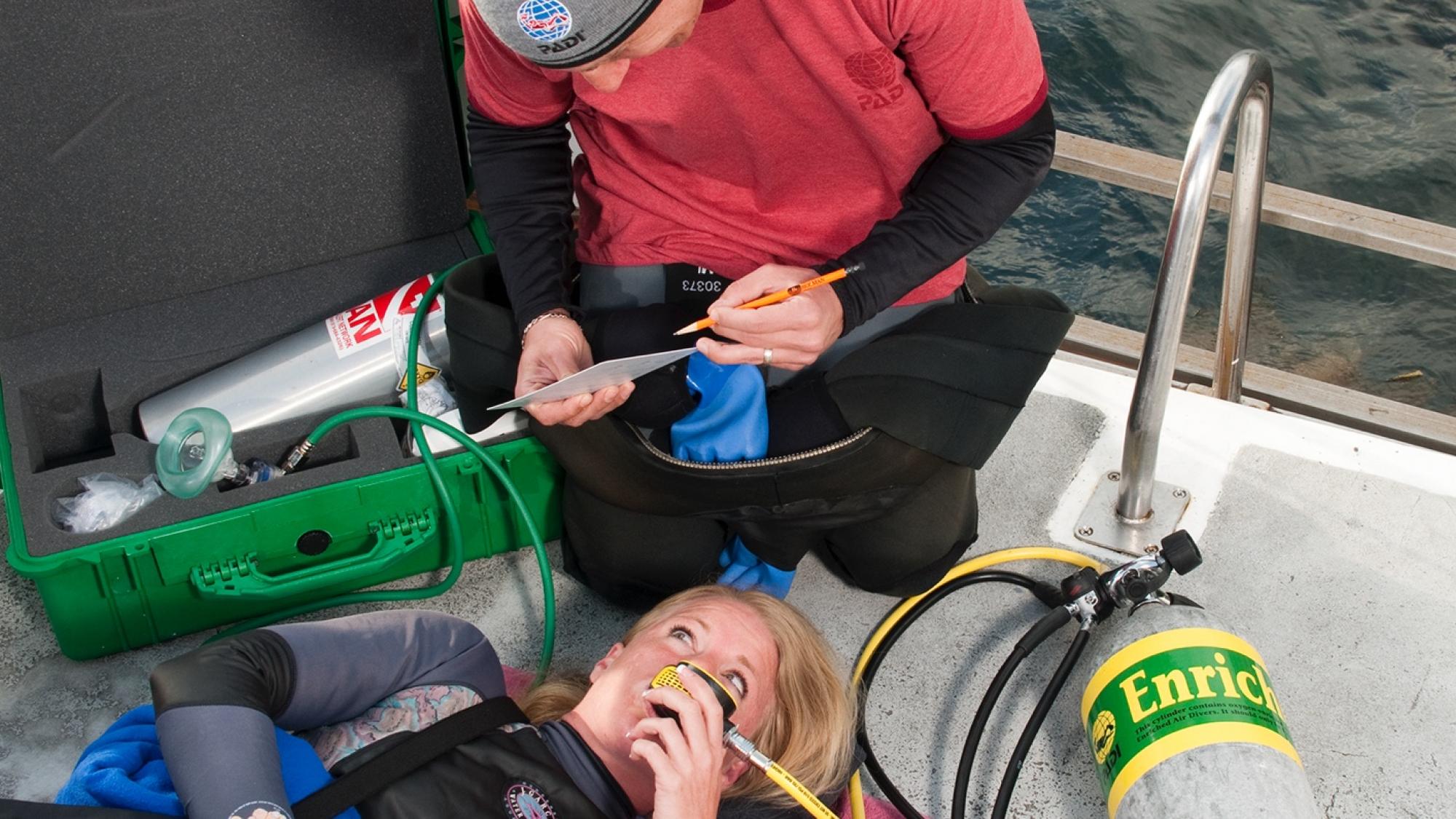
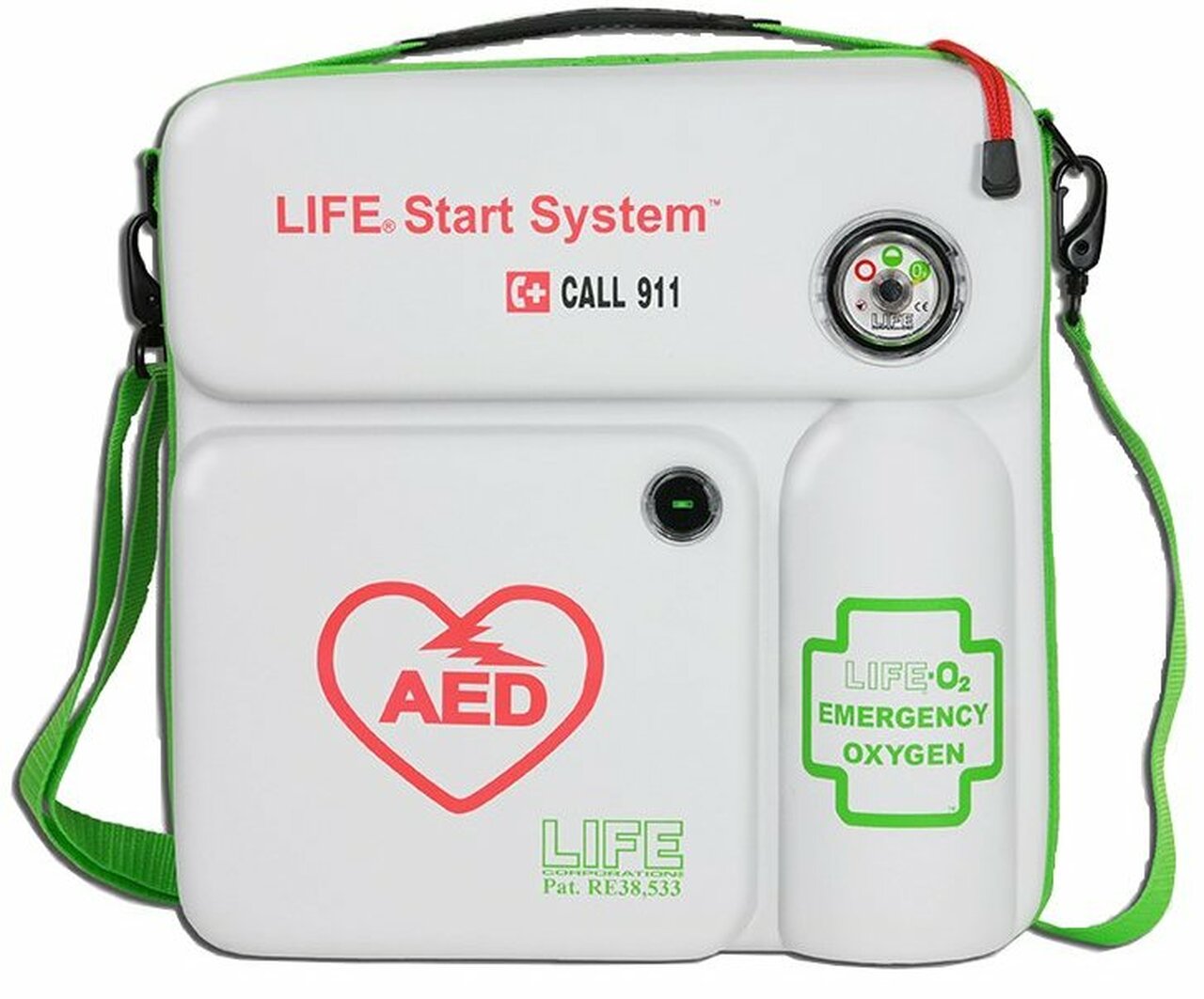
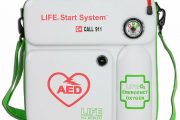
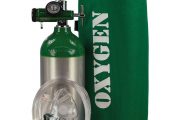
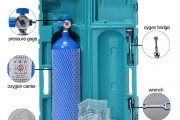
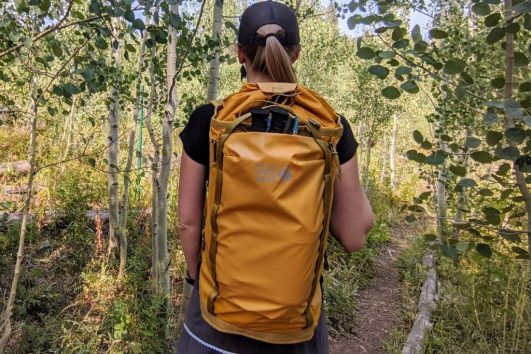
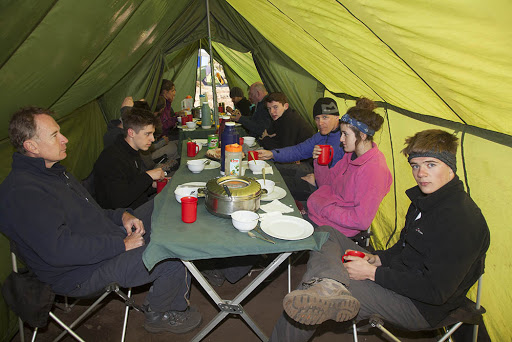
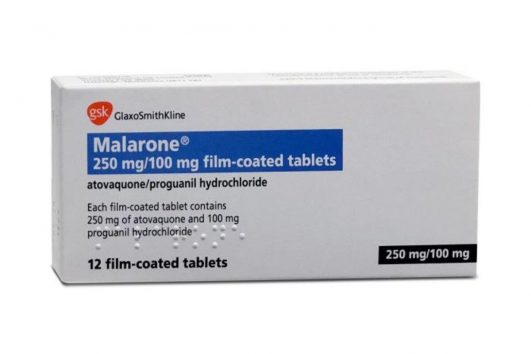
Tour Reviews
There are no reviews yet.
Leave a Review